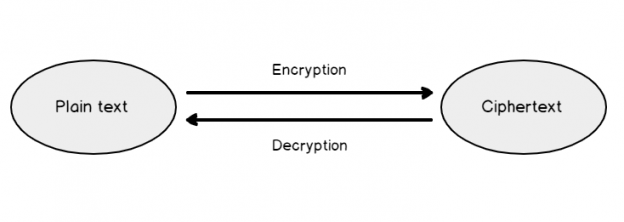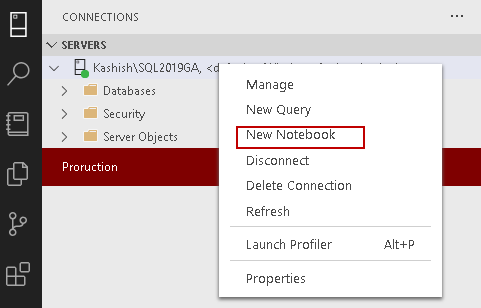One of the most important things in databases is to understand the types of relations in the databases. That stands for both – a process of designing a database model as well as when you’re analyzing your data. Understanding these relations is somehow natural and not so complex but is still essential in the database theory (and practice).
Read more »
























